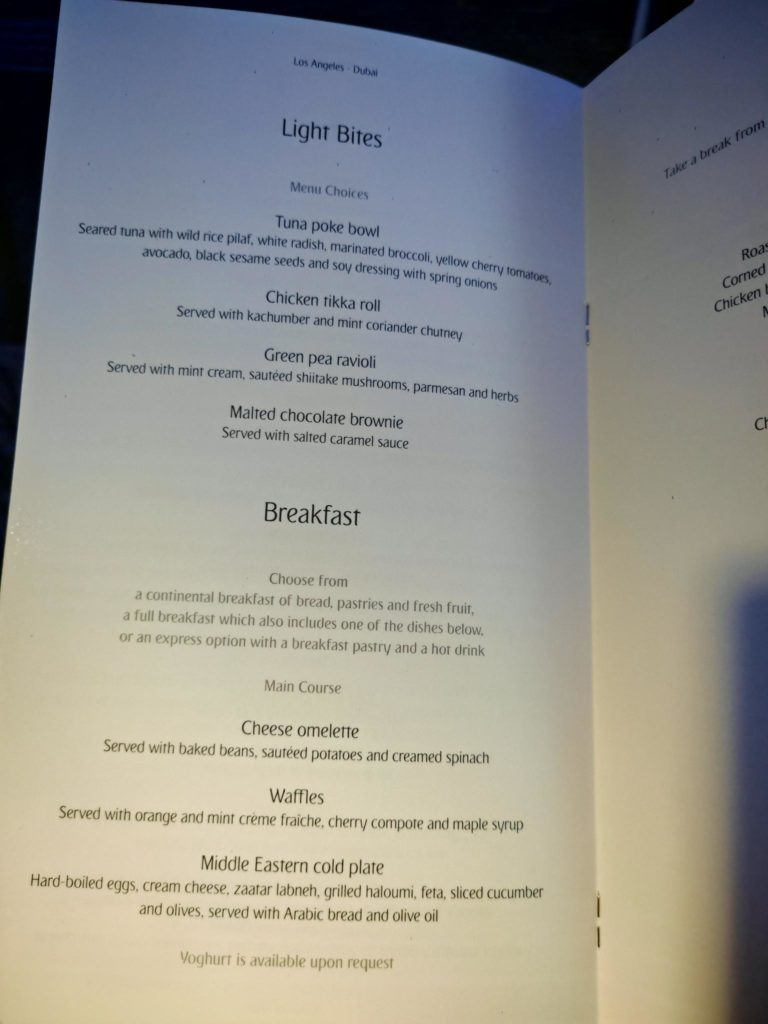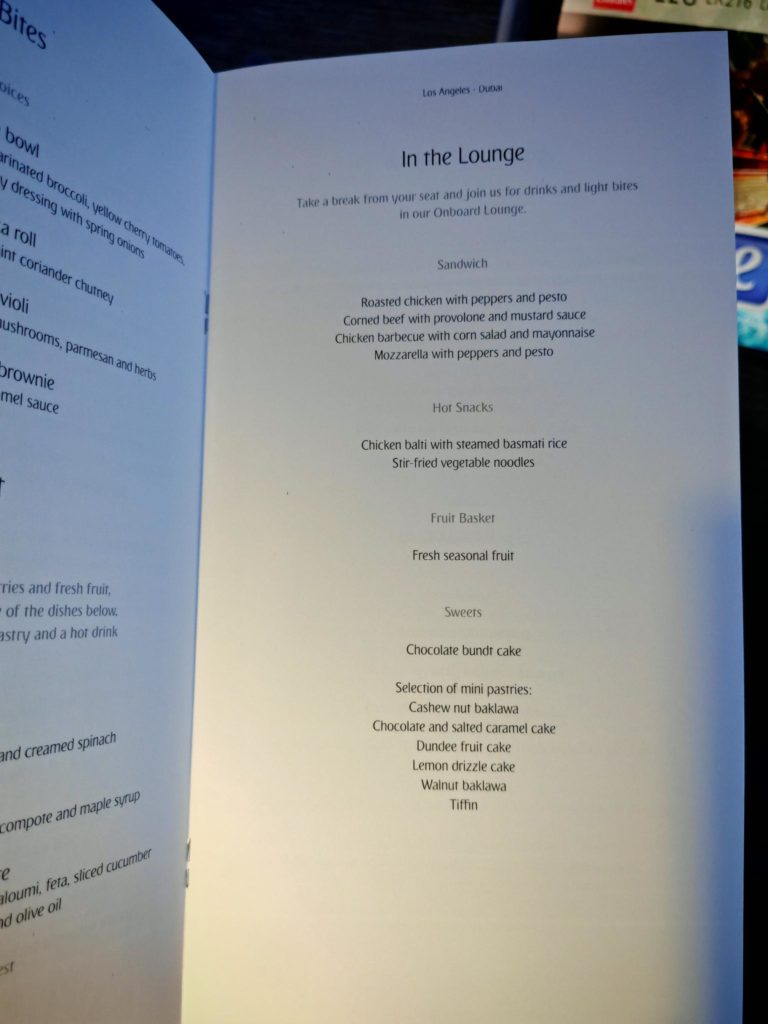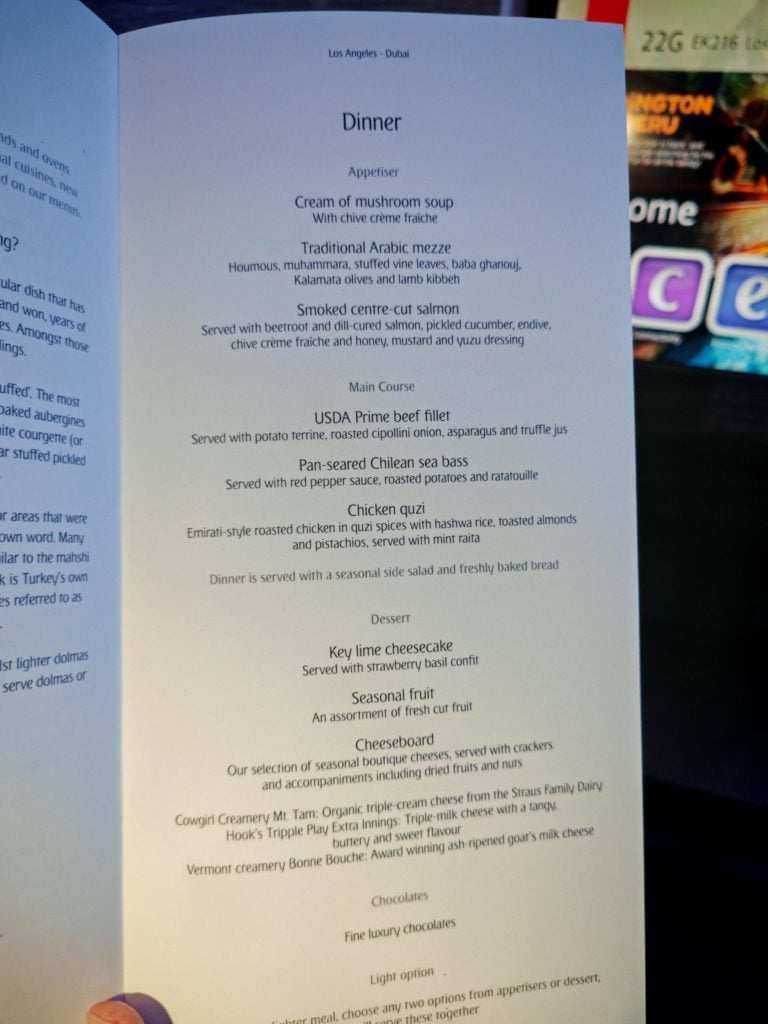I Flew Emirates EK215 Again. This Time, I Dug Into Its Economics
I recently flew Emirates flight EK215 from Dubai to Los Angeles aboard the legendary Airbus A380. Despite having taken this exact flight numerous times over the years, I’m still struck with awe every time that massive double-decker aircraft barrels down the runway and lifts into the sky with quiet confidence.
This time, however, I couldn’t help but wonder: How much does it actually cost to operate a flight like this? And more importantly, how does Emirates turn a profit on such a long-haul, resource-intensive journey?
That curiosity sent me down a rabbit hole — and here’s what I found.
? Flight Overview
-
Route: Dubai (DXB) ➝ Los Angeles (LAX)
-
Distance: ~13,400 km (8,300 miles)
-
Flight Time: ~16 hours
-
Aircraft: Airbus A380-800
-
Frequency: Daily
?️ Aircraft Configuration (Emirates Three-Class A380)
-
First Class: 14 private suites
-
Business Class: 76 lie-flat seats
-
Economy Class: 399 seats
-
Total Capacity: 489 passengers
This layout is tailored for ultra-long-haul routes, offering both high yield and volume across cabin classes.
⛽ Fuel Consumption & Cost
-
Fuel Burn: ~12,000 liters/hour
-
Total Fuel for 16 hours: ~192,000 liters
-
Estimated Fuel Cost: ~$1 per liter = $192,000
Fuel is, by far, the largest single operating expense for this flight.
?✈️ Crew & Staffing
-
Pilots: 4 (including relief crew for long-haul rest cycles)
-
Cabin Crew: ~25 members
-
Total Crew: 29 staff onboard
Each crew member plays a role in delivering Emirates’ renowned service — including operating the onboard bar and spa for premium cabins.
?️ Meals & Catering
-
Economy: Full hot meals with beverage service
-
Business: Multi-course dining with wine pairings (menu and my meal)




-
First: À la carte dining, caviar (unlimited), and fine champagne
-
Catering Cost Estimates:
-
Economy: ~$2–5/passenger
-
Business: ~$15–20/passenger
-
First: ~$30+/passenger
-
Total Catering Cost: ~$15,000 for a full flight
-
? Cargo & Baggage
-
Cargo Capacity: Up to 50 tonnes in the bellyhold
-
On full passenger flights, Emirates still moves valuable cargo such as luxury goods, electronics, or perishables between DXB and LAX.
?️ Other Costs
| Category | Estimated Cost (USD) |
|---|---|
| Fuel | $192,000 |
| Crew Salaries | $40,000 |
| Maintenance & Depreciation | $50,000 |
| Catering | $15,000 |
| Landing & Navigation | $25,000 |
| Total | $322,000 |
? Revenue & Breakeven Analysis
Let’s assume the following average fares (rounded estimates):
-
First Class: 14 × $12,000 = $168,000
-
Business Class: 76 × $5,000 = $380,000
-
Economy Class: 399 × $1,000 = $399,000
-
Total Revenue Potential: $947,000
Breakeven Load Factor
With an operating cost of ~$322,000, Emirates would need to fill just ~34% of seats (at the above rates) to break even.
That leaves a solid profit margin, especially when factoring in cargo revenue and loyalty program benefits.
? Conclusion – Profitable or Not?
As someone who frequently flies EK215, I now appreciate just how well-oiled the machine behind this flight truly is. The A380 is not just an engineering marvel — it’s also a flying business model that, when executed right, turns sky-high costs into sky-high returns.
Next time you’re sipping on your drink at 40,000 feet, remember: there’s serious math — and a whole ecosystem — making that experience possible.




